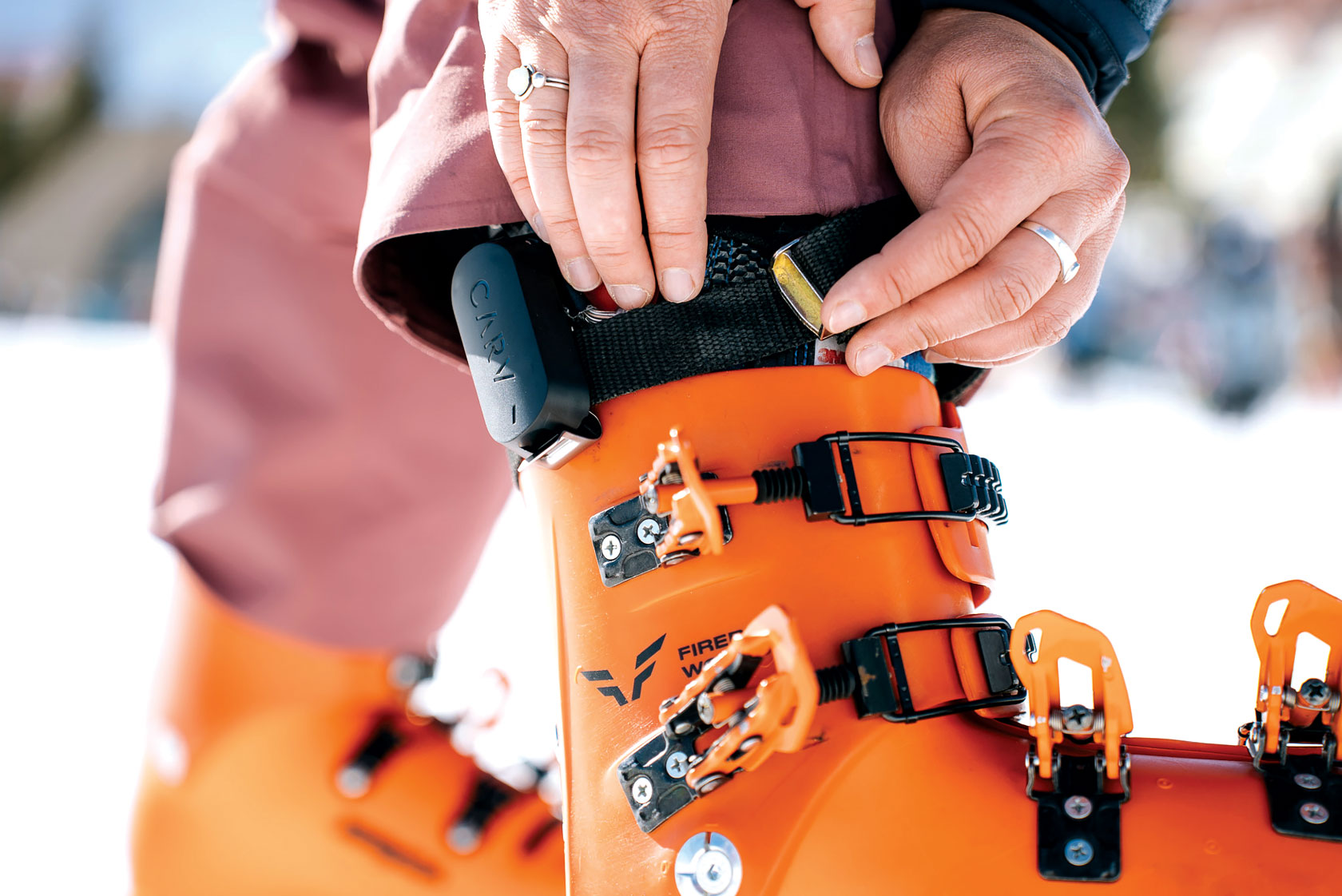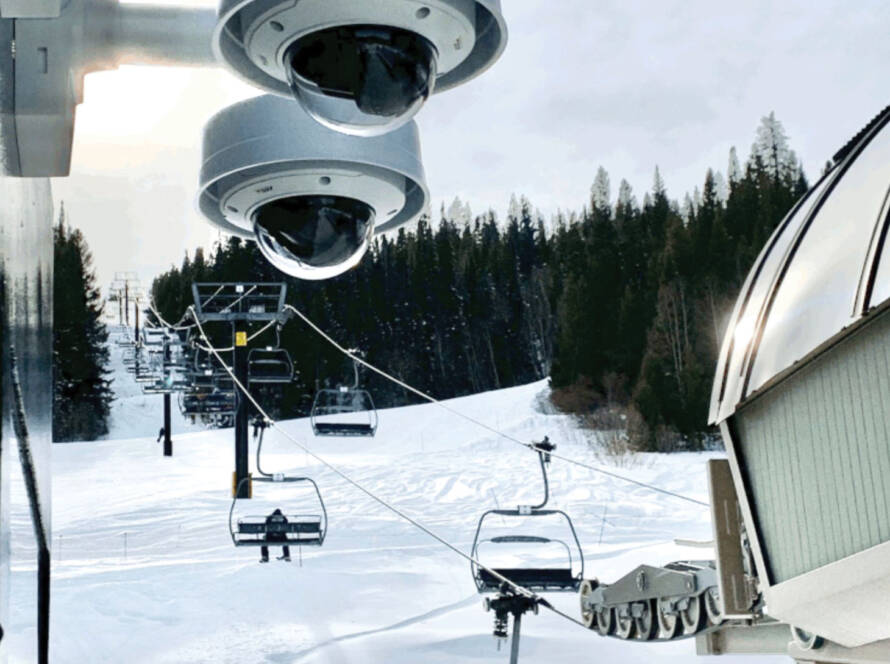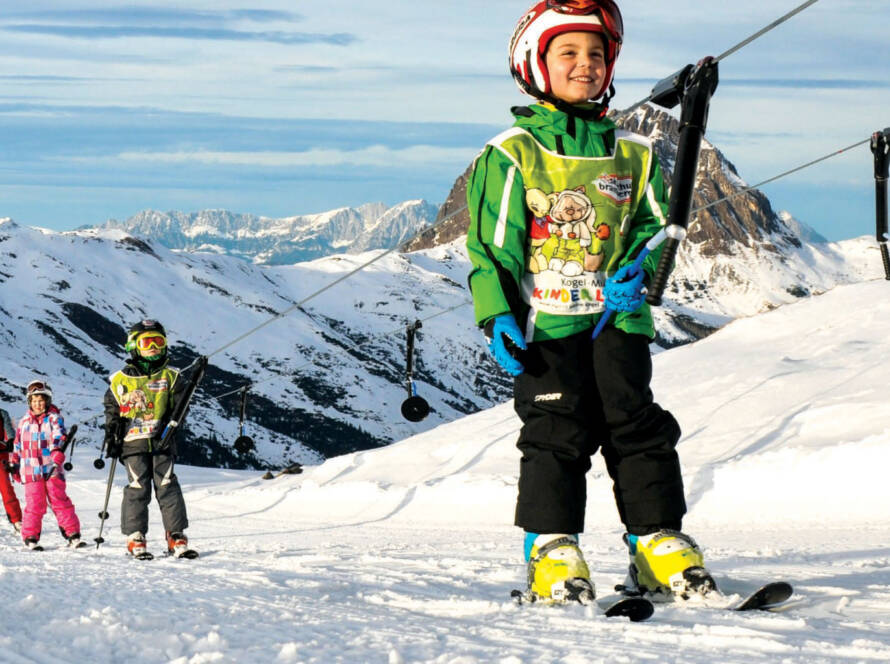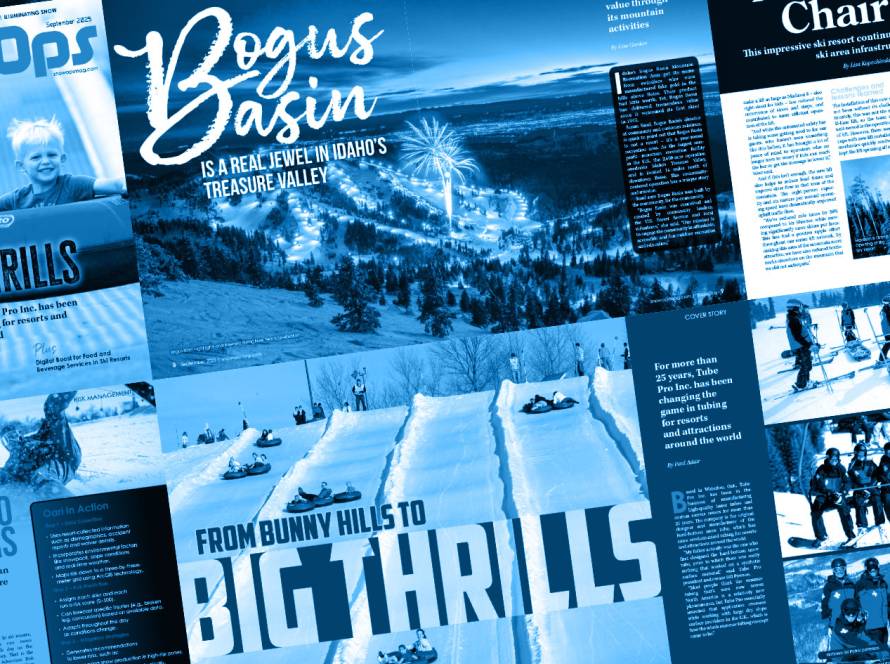Imagine receiving real-time instruction from a world-class alpine ski coach while you are heading down a run or seated on a chairlift headed back to the top of a hill. Sounds too good to be true, right? Wrong. Thanks to Carv, this is now a reality.
Manufactured by British company Motion Metrics, Carv uses advanced sensors and AI to track a skier’s movements, analyze their technique and provide tips from top-level coaches on how they can improve their performance. Carv partnerships executive Charlie Lindsay says the device is based on a simple premise: help skiers to attain better results on the hill, regardless of their skill level.
“The problem that Carv’s trying to address is that it’s really hard to get better at skiing. Most people, they’ll get to a certain level and they’ll think, ‘OK, I can ski now, I’m going to stop taking lessons’ … and they often end up picking up bad habits,” he said.
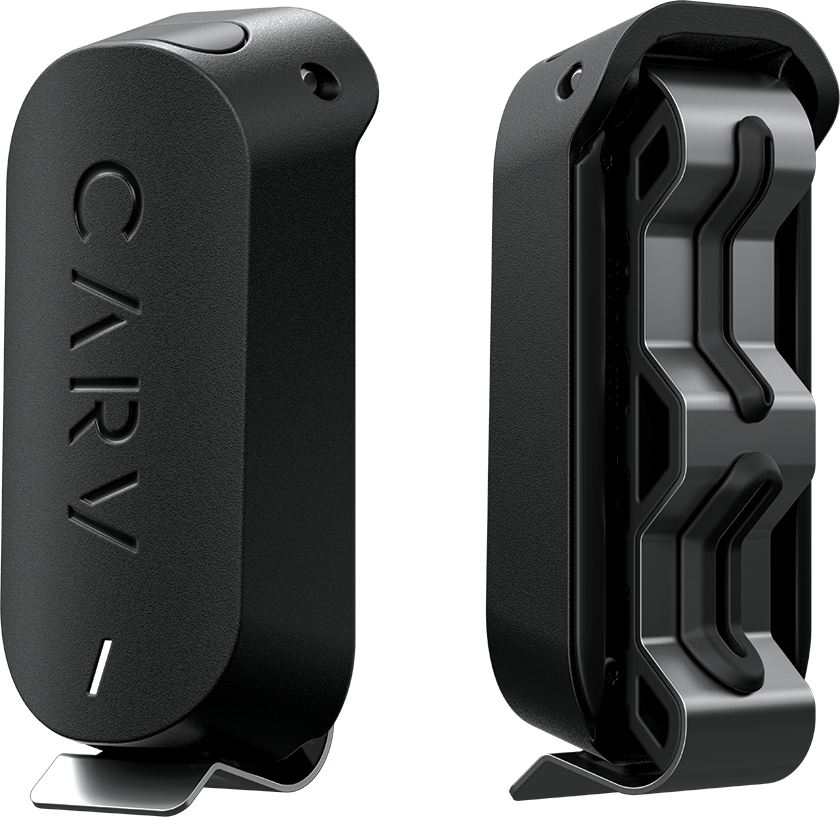
Carv’s AI-powered algorithms help users improve skiing by analyzing 10 different metrics, including ski parallelism, turn shape and edge control.
“What Carv is trying to address is [giving] you input into your skiing. It’s a product that shows you how you ski and, crucially, also tells you how you can get better and how that will actually work.”
Carv is simple to use. The system consists of two small six-axis motion sensors – each about the size of an AirPod case – that track ski movement using gyroscope and acceleration data. To get started, users simply download the Carv app to their phones and strap the sensors to each of their ski boots. Within seconds of being activated, Carv starts analyzing the user’s performance.
The device can be customized to suit the skill level and goals of any skier. The first step is to determine their skill level or Ski: IQ that will then be used as a baseline. The product automatically detects the terrain and suggests which skill to work on. Users can also manually choose a skill. Carv’s AI-powered algorithms help users improve skiing by analyzing 10 different metrics, including ski parallelism, turn shape and edge control. Based on this data, Carv provides targeted coaching tips to refine technique and performance.
“What it will do is it will pick out what we call a focus metric for you. You ski a run and it will look at your skiing and it will basically identify the thing that maybe you’re a little weaker on,” Lindsay said.
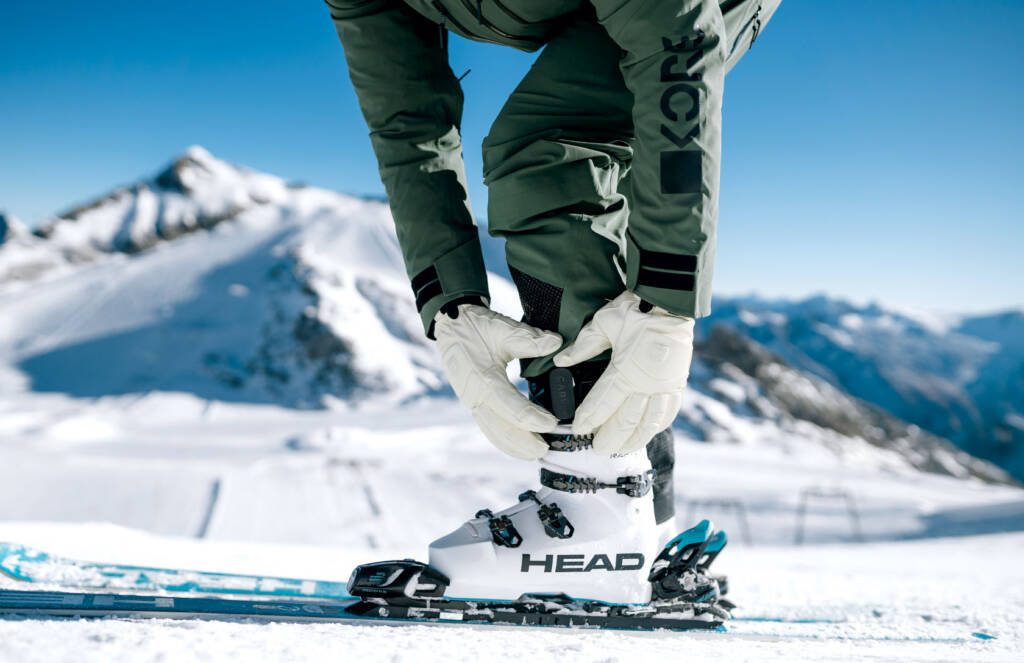
“It will then deliver a tip to you written by a ski instructor that will address that area. For example, if you are an intermediate level skier and you want to focus on something like edge build, it would say something like instead of going on and off your edge like a light switch, think of it more as a dimmer switch. If you were a more advanced skier, it might say picture a corridor … and get your skis to touch each side of the corridor with each turn.”
It’s up to each user to determine how and when they access data or advice from Carv. Skiers can set it up so that the system delivers real-time advice to their Bluetooth-enabled earbuds or headphones as they are zooming down the slopes. It can also send audio feedback to alert the user when they are achieving their performance goals. If the user is with friends and wants to focus on the moment, they can instead choose to review data of their performance and receive feedback on their device when they are resting comfortably back at the lodge.
Carv recruited dozens of world-class ski instructors to help develop the system. They reviewed thousands of videos and analyzed the performances of hundreds of individual skiers to formulate advice on everything from how to rotate their bodies for better turns to how to adapt to different terrains. Carv’s system includes a set of two boot sensors and a one-year subscription to the company’s software platform.
While the majority of Carv’s customers are based in North America and Europe, the company also ships its product as far as Australia, New Zealand and South America.
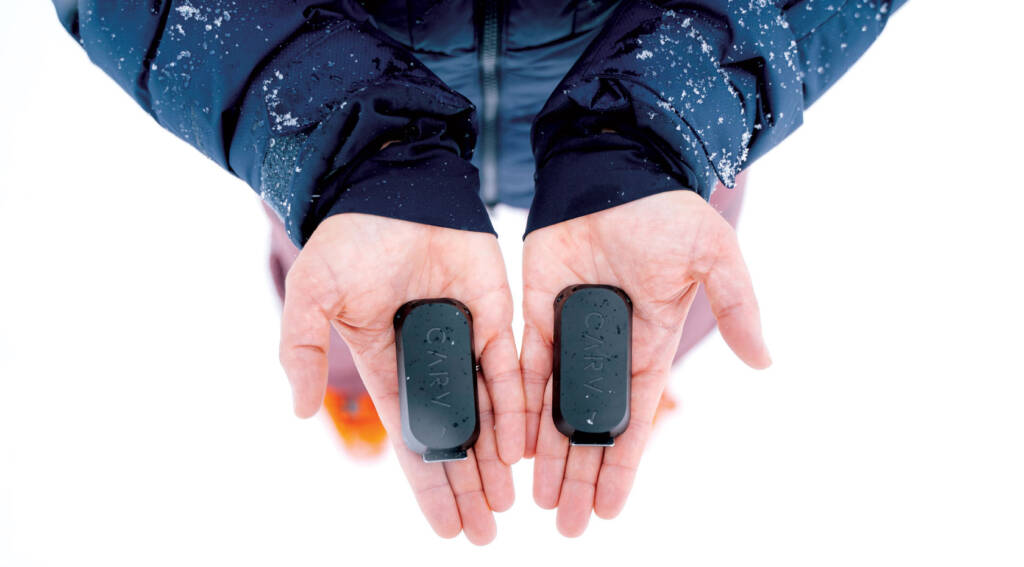
Lindsay says the feedback from customers has been extremely positive. “One of the most common bits of feedback we hear is that this is one of the best investments people have made in skiing,” he said. “If you compare the cost to a pair of new skis every year, it’s much, much cheaper and it really does make a difference. People see improvement very quickly.”
Carv isn’t meant to replace human coaching but rather complement it. Lindsay says industry data shows that more than 90% of skiers stop taking lessons soon after they take up the sport and often develop bad habits as a result. “What we’re trying to address is that market that’s not getting lessons,” he said, adding some Carv users end up taking lessons again because the system helps “reignite a passion” for getting better.
Carv, which was first developed seven years ago, has received some prominent endorsements. It has partnered with both the U.S. and Canadian ski instructors associations. It also has two high-profile customers – retired alpine ski racer and former U.S. Olympian Ted Ligety and 2022 U.S. Olympic team member and freestyle skier Nick Page.
Lindsay says while Carv is pleased with its growth as a company, its ownership believes there is still plenty of opportunity to increase its market reach.
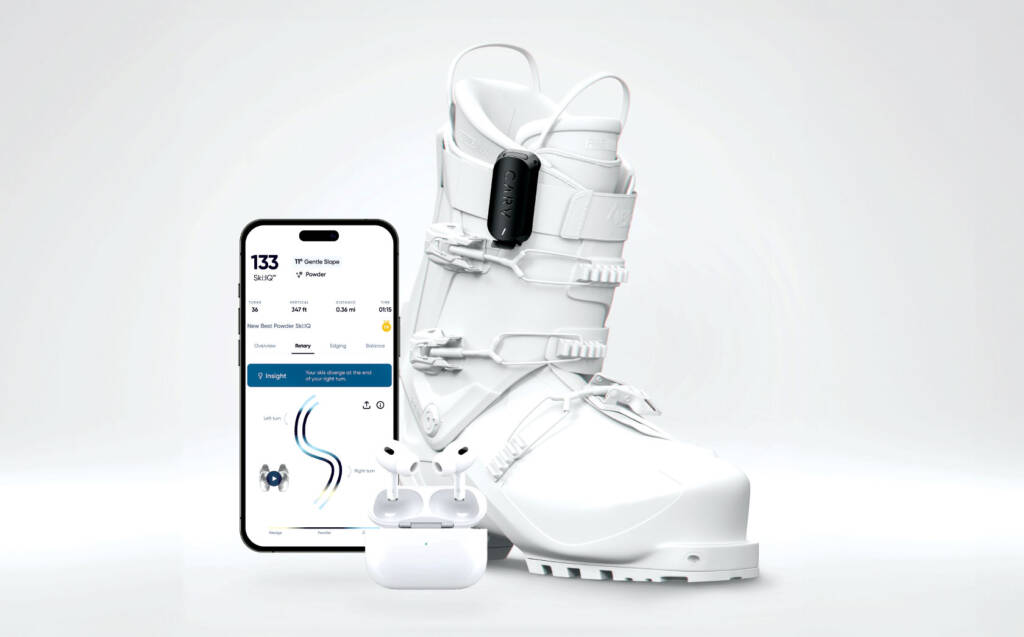
“If you look at other sports using technology, they are miles ahead of where skiing is. Look at football, look at Formula 1, look at tennis,” he said. “There’s more and more of an appetite to have data in sports, and more and more people enjoy tracking their data. People love having that information, so I certainly think there’s an ever increasing role for this sort of product within snow sports. Just look at Garmin or Strava.”
The company rolled out the latest iteration of its product, Carv 2, earlier this season. The main difference from its previous version is that it uses sensors attached to the top of a user’s ski boots rather than pressure sensors placed beneath the foot. The company is continuing to look at upgrades to its software. “We’re a very ambitious team and we think there’s loads of cool stuff we can still do,” Lindsay said.
While Carv’s technology could be adapted for other outdoor sports, he says the company remains committed to skiing for now.
“It’s a fantastic system that could certainly be extended to other sports if we decide to go down that route down the line, but there are no plans to do so right now. We’re pretty laser-focused on building the best possible product for alpine skiing.”
